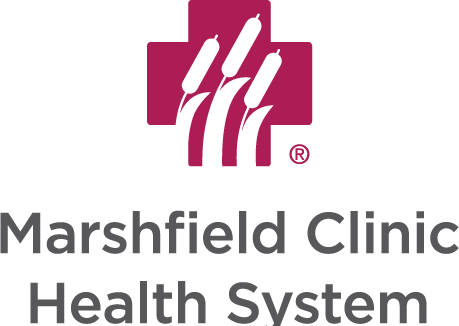Neuroradiology Services
The neuroradiologist at MRL specialize in the diagnosis and characterization of abnormalities of the central and peripheral nervous system, spine, head and neck using neuroimaging techniques. Imaging modalities primarily include CT and MRI.
Example of some neuroradiology procedures:
Amyloid imaging: aids in the detection and quantification of pathologic protein aggregations in the brain. Amyloid imaging helps to aid in the diagnosis of people with suspected Alzheimer’s disease and other tauophathies.
DaT Parkinson: DaTscan is an imaging technology that helps determine how much dopamine is available in a person’s brain. Dopamine is a monoamine neurotransmitter that is formed during the synthesis of norepinephrine and is essential to the normal functioning of the central nervous system. A reduction of dopamine in the brain is associated with the development of Parkinson’s disease.
Dementia imaging: Different brain imaging techniques allow the examination of the structure, biochemistry, metabolic state, and functional capacity of the brain. All of the major neurodegenerative disorders have relatively specific imaging findings that can be identified.
CT/ MRI perfusion: Assesses alterations in blood flow to the brain in order to help diagnosis a stroke and determine the salvageable tissue.
PET CT: Help physicians detect functional abnormalities in the early stages of the disease, before anatomical changes occur. Brain disorders start with functional abnormalities that result in either an increase or decrease in glucose metabolism. These changes precede the formation of an abnormal mass, the shrinkage of brain tissue, or other functional abnormalities. PET/CT imaging can show precise areas of increased or decreased glucose metabolism in the brain.
To learn more about these procedures visit www.radiologyinfo.org




